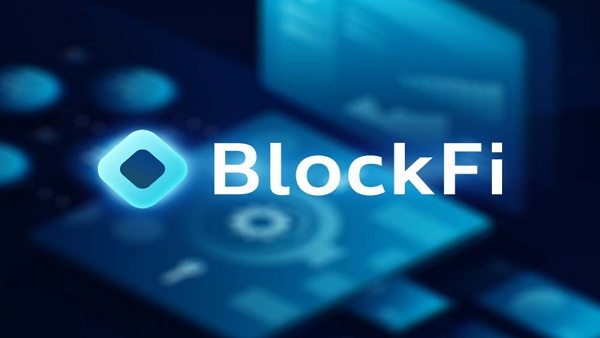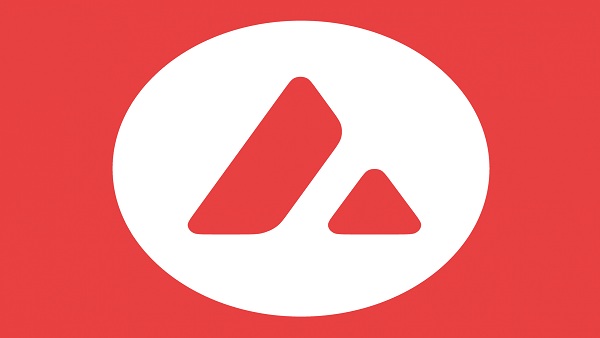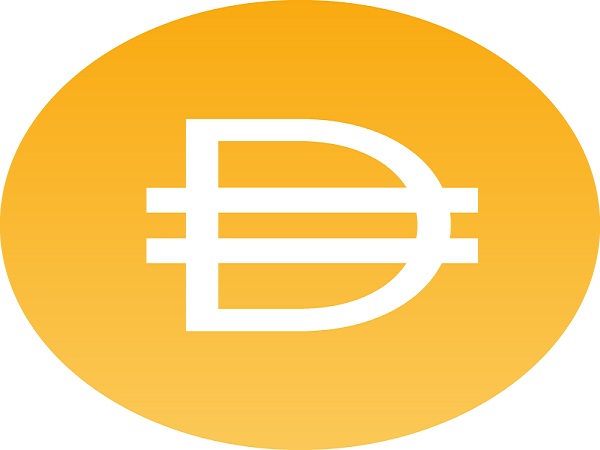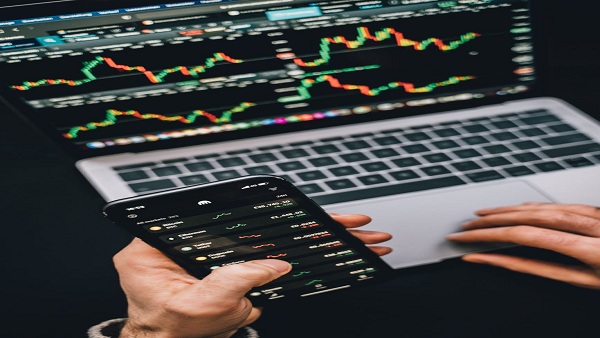MUMBAI: The Reserve Bank remains laser-focused to bring back retail inflation to 4 per cent over a period of time in a non-disruptive manner, governor
Shaktikanta Das stressed while voting for status quo in interest rates, as per minutes of the October policy meeting released on Friday.
The central bank has been mandated by the government to ensure the Consumer Price Index (CPI) based inflation is at 4 per cent, with a band of 2 per cent on either side.
The retail inflation, which was above 6 per cent during May and June, has started moving down and stood at 4.35 per cent in September.
As per the minutes of the Monetary Policy Committee (MPC) meeting held during October 6 to 8, Das said in its August 2021 meeting, the panel was faced with the challenges posed by headline inflation exceeding the upper tolerance threshold for the second successive month.
The actual inflation outcomes for July-August, with inflation registering a substantial moderation to move within the tolerance band, have vindicated the MPC’s outlook and monetary policy stance, he noted.
The more-than-expected softening of inflation in July and August this year was underpinned by the significant lowering in food price momentum, especially in August.
Going forward, the governor said if there are no spells of unseasonal rains, food inflation is likely to register significant moderation in the immediate term, aided by record kharif production, more than adequate food stocks, supply-side measures and favourable base effects.
“Volatile crude oil prices, particularly the resurgence since mid-September, is pushing pump prices to new highs, raising risk of further spillover of high transportation cost into retail prices of goods and services,” he said.
He opined that continued monetary support is necessary as the economic recovery process even now is delicately poised and growth is yet to take firmer roots.
At this critical juncture, “our actions have to be gradual, calibrated, well timed and well-telegraphed to avoid any undue surprises”, he asserted.
While voting to keep the policy rate unchanged and continue with the accommodative stance, Das said, “In parallel, we remain laser-focused to bring back the CPI inflation to 4 per cent over a period of time in a non-disruptive manner.”
All members of the MPC — Shashanka Bhide, Ashima Goyal, Jayanth R Varma, Mridul K Saggar, Michael Debabrata Patra and Shaktikanta Das — unanimously voted to keep the policy repo rate unchanged at 4 per cent. Also, all members, except Varma, voted to continue with the accommodative stance.
Deputy governor Patra said while the trajectory of inflation may undershoot the projections made in August, it is likely to be uneven, sluggish and prone to interruptions.
He also opined that even as domestic macroeconomic configurations are improving, the risks from global developments are rising and warrant a close watch as they could stifle the recovery that is underway in India.
Exports are directly at risk from logistics bottlenecks, shortages of containers and personnel in international shipping, and elevated freight rates. Policy interventions, including coordinated multilateral efforts, are needed urgently to prevent global trade from choking, he opined.
“In my view, the biggest risks to India’s macroeconomic prospects are global and they could materialise suddenly,” he added.
RBI executive director Saggar stressed that “an Arjuna’s eye” needs to be kept on commodity prices and “we need to consider different scenarios according to which we can calibrate our policies.”
He said that in his assessment, the probability that oil prices may touch or cross $85 per barrel before the year ends and could average $80 or more in second half is not insignificant.
“It can have significant impacts that are hard to precisely quantify due to non-linearities and uncertainties but, on a ballpark from the baseline, can be expected to raise inflation by 15-20 bps, lower growth by 13-15 bps, have negligible effects on fiscal subsidies and widen CAD by about 0.25 per cent of GDP,” he added.
Varma, the external member on the panel, said several arguments he made in his August MPC meeting continue to be valid.
“Since August, I have become increasingly concerned about two other risks that have become salient globally in recent weeks,” he said.
The first is that the ongoing transition to green energy worldwide poses a significant risk of creating a series of energy price shocks similar to that in the 1970s. The second recent concern is about the tail risk to global growth posed by emerging financial sector fragility in China, he said.
“Both of these risks — one to inflation and the other to growth — are well beyond the control of the MPC, but they warrant a heightened degree of flexibility and agility.
“A pattern of policy making in slow motion that is guided by an excessive desire to avoid surprises is no longer appropriate,” said Varma, who voted against the accommodative stance.
External member on the MPC Ashima Goyal said global price shocks have turned out to be more persistent, contributing to sticky core inflation and tax cuts on petroleum products are “essential” to break the upward movement that could impart persistence to domestic inflation.
She also said there is large uncertainty built into current prices because of the speculative element that seeks to profit from aggravated shortages.
“Large sudden falls are therefore possible,” she said, and added oil prices have shown high volatility.
She further said the “climate change activism” that is partly responsible for current spikes will also reduce oil demand in the future.
The third external member on the MPC, Shashanka Bhide said investment activity has picked up over the levels seen 2020-21 but is yet to reach the 2019-20 levels.
Accelerated progress in vaccinations and a number of economic policy initiatives to open up opportunities for investment are among the factors constituting positive stimulus to fresh investments.
Three members on the MPC are RBI officials and the government appoints three eminent economists as external members on the panel.
















